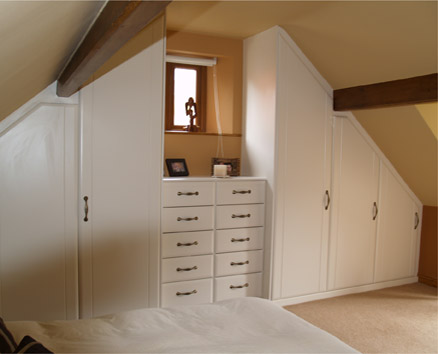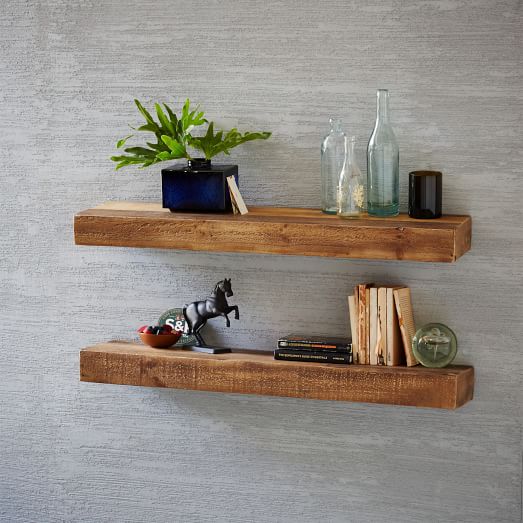 You’ve just moved in, and it may be an automatic choice to adorn your windows with curtains and blinds in the conventional manner. However, there is another, less commonly considered option that you should think seriously about. Shutters offer a whole host of benefits, including great privacy, light and temperature control, in addition to gracing your home with a feature that is unique.
You’ve just moved in, and it may be an automatic choice to adorn your windows with curtains and blinds in the conventional manner. However, there is another, less commonly considered option that you should think seriously about. Shutters offer a whole host of benefits, including great privacy, light and temperature control, in addition to gracing your home with a feature that is unique.
To help you decide if shutters could benefit you and your new home, we’ve put together this guide to why shutters are a great alternative to blinds and curtains.
Waste not, want not
One of the primary concerns for all homeowners is how to keep bills down to affordable levels, but still ensure that everyone in the house is comfortable. Historically, shutters have been favoured in warmer climates for their insulating properties, keeping the temperature warm in winter but cool in summer. Shutters also offer great user control, allowing the homeowner to adjust slats to fully or partially open to alter the airflow through a room. This makes shutters an energy efficient option, potentially allowing you to save on your energy bills.
Strong and silent
Durable and solid, shutters are more long-lasting than blinds and curtains, and can withstand more wear and tear. In addition, shutters are fixed in place, so do not flap in the wind like fabric window dressings, making them a quieter option on windy days.
Bar the brightness
Like temperature, light levels can be controlled with ease using shutters, protecting you from the glaring summer sun and your new furniture from UV rays. Whilst blinds also offer this protection, along with user control, the tailored fit of shutters prevents gaps appearing, and, therefore, light from leaking into the room.
Privacy matters
Unlike curtains which do not grant you privacy and sunlight simultaneously, shutters do provide this feature, stopping outsiders from looking in but allowing sunlight to permeate through. However, if you do want a better look at the view outside, then shutters can be folded back from the windows.
Add value to your home
Unlike blinds and curtains, which may need replacing every few years, shutters are more durable and long-lasting, becoming a permanent fixture of your house that should never need replacing. Shutters can also add value to your home, making them a worthwhile investment and a capital improvement to your home.
Keeping it clean
Dust tends to cling to curtains and blinds more readily than on shutters, and is therefore, a better option for those who suffer from allergies. Cleaning just takes one quick flick of the duster, leaving you with more time to enjoy your new home.
Safe and sound
Cords, ropes and strings can potentially be dangerous if children get hold of them. Shutters don’t have this problem, and are entirely cordless, making them a safer option.
Appealing aesthetic
One of the most stressful aspects of moving into a new home is deciding on the decor. Timeless and homely, shutters are aesthetically appealing and neutral in appearance, available in wood or PVC to suit the majority of interiors. Not only that, their design means that shutters can be fitted to any window shape.
Angel Blinds and Shutters are a friendly, family run business, that have been serving Newcastle and surrounding areas for 15 years. They provide quality blinds and shutters to both domestic and commercial clients, offering excellent customer service, made to measure products and free home visits.
The post Why shutters are a great alternative to blinds and curtains appeared first on UK Home Improvement Blog.
from UK Home Improvement Blog http://www.ukhomeimprovement.co.uk/why-shutters-are-a-great-alternative-to-blinds-and-curtains/








